Key Takeaways
Mechanized sculpture installations redefine artistic expression by integrating motion with physical form, creating dynamic interactions between art, technology, and audience. These works often rely on principles of kinetic art—where mechanics amplify creativity—to challenge static perceptions of sculpture. For instance, innovations like animatronic theaters demonstrate how engineered movement can evoke narrative and emotion, transforming passive viewers into active participants.
"The interplay of gears and imagination turns cold metal into living stories," notes a curator specializing in kinetic installations.
A defining feature is the use of upcycled materials, which not only reduces waste but also injects historical or industrial narratives into the artwork. Such sustainability practices align with modern demands for eco-conscious art while expanding the tactile vocabulary of mechanized pieces. Additionally, experiential spaces crafted through these installations prioritize sensory engagement, blending light, sound, and motion to create immersive environments.
Transitioning from concept to execution, artists must balance technical precision with aesthetic intent—a process that has evolved alongside advancements in robotics and material science. This fusion ensures that mechanized sculptures remain both functionally robust and visually compelling. For creators, a key tip is to prototype mechanisms early, testing how motion interacts with form before finalizing designs.
By bridging art and engineering, these installations continue to push boundaries, proving that mechanical systems can be as expressive as brushstrokes or chisel marks.
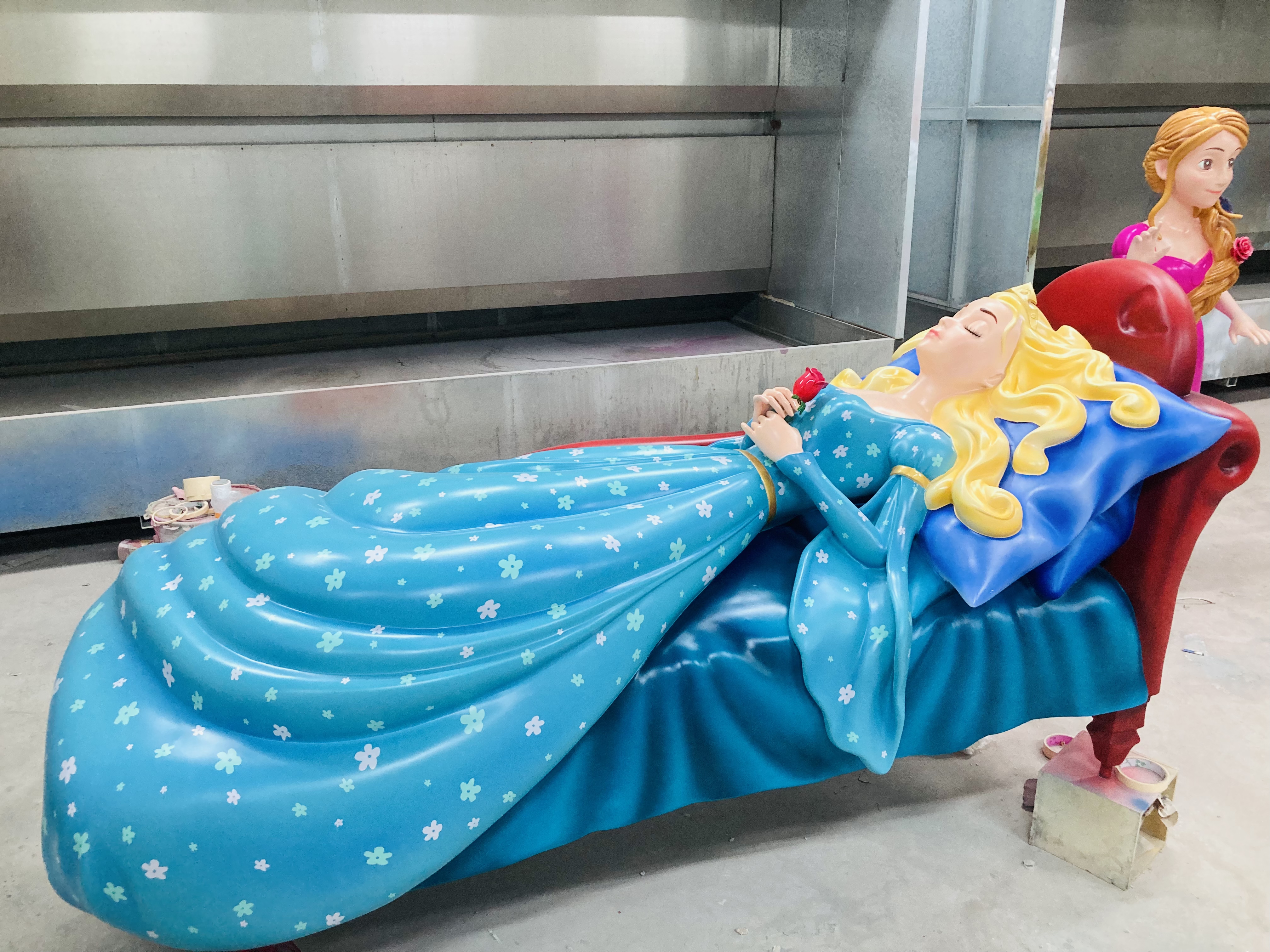
Kinetic Art’s Motion-Creativity Fusion
Kinetic art thrives on the interplay between mechanical precision and artistic vision, transforming static forms into dynamic narratives. Unlike traditional sculptures, mechanized installations integrate gears, motors, and sensors to choreograph movement, creating dialogues between art and observer. For instance, Cartoon sculpture designs often employ whimsical motion patterns to evoke emotional responses, illustrating how mechanics amplify storytelling.
| Element | Role in Kinetic Art | Example Application |
|---|---|---|
| Motors | Drive rhythmic or erratic movements | Rotating metal frameworks |
| Sensors | Enable interactivity with viewers | Motion-activated light sequences |
| Recycled Materials | Reduce environmental impact | Repurposed steel sculptures |
This fusion challenges artists to balance technical constraints with creative freedom. A steel armature might bend unpredictably due to torque limitations, yet such "flaws" often inspire unexpected aesthetic outcomes. By merging engineering principles with abstract concepts, kinetic installations redefine how audiences perceive time, space, and materiality—proving that motion isn’t just a feature but the heartbeat of modern sculpture.
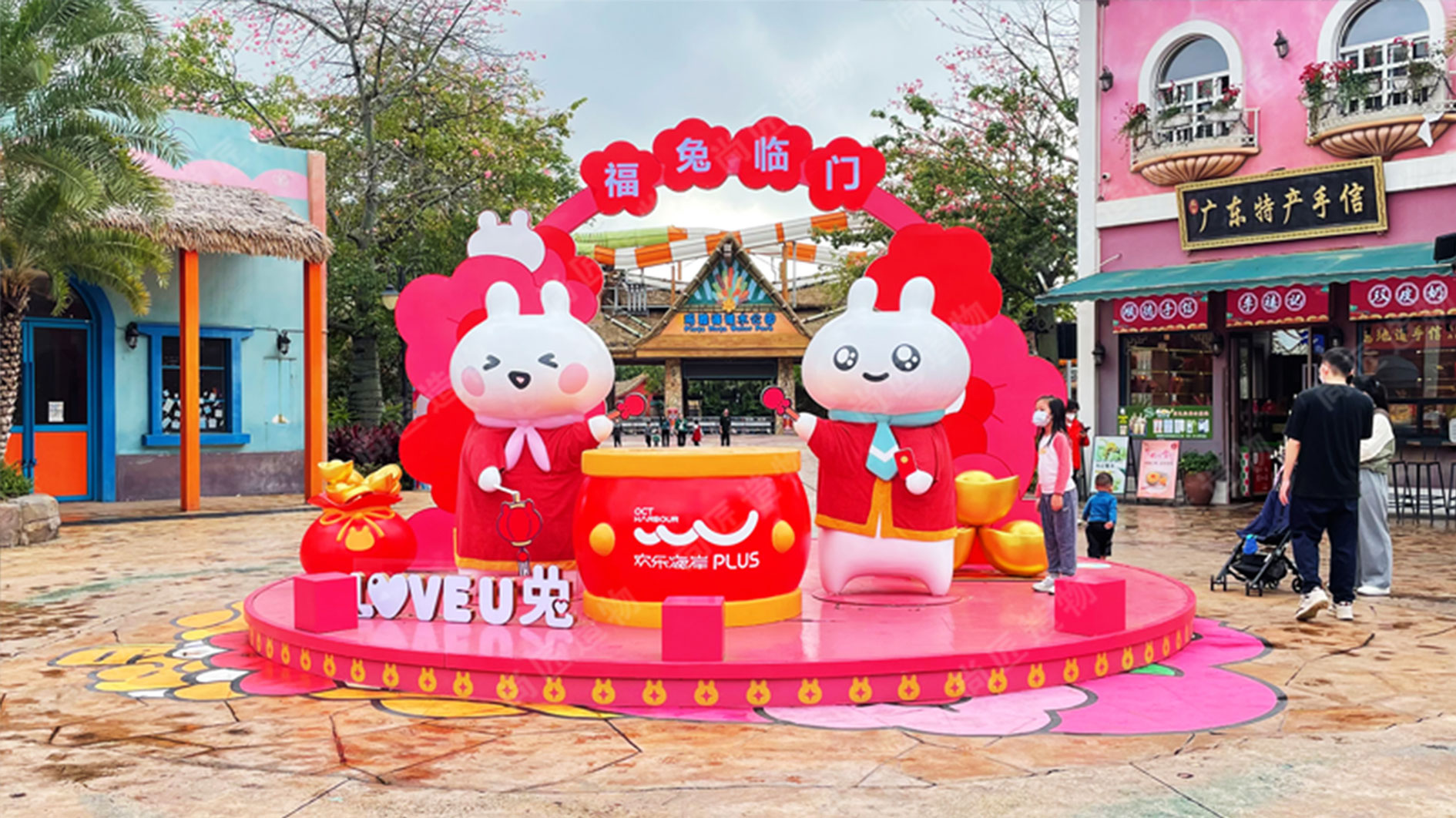
Whiting’s Animatronic Theater Innovations
Whiting’s animatronic theater innovations redefine how mechanics and storytelling intersect in kinetic art. By integrating precision-engineered movements with theatrical narratives, his installations transform static sculptures into dynamic performers. For instance, his use of servo motors and pneumatic systems allows lifelike gestures—subtle facial expressions or sweeping arm motions—to synchronize with soundscapes, creating immersive environments. These works often incorporate upcycled industrial components, such as repurposed gears or salvaged metal, which align with sustainable practices while adding tactile authenticity.
A hallmark of Whiting’s approach lies in balancing technical rigor with artistic intuition. His animatronic figures, like those seen in Realistic sculpture, challenge perceptions of inanimate objects by emulating organic motion. This interplay between machine logic and human-like fluidity invites viewers to question boundaries between artifice and life. As audiences engage with these kinetic stages, they witness a fusion of engineering precision and emotive expression—a foundation for subsequent explorations of material reuse and experiential design in mechanized sculpture.
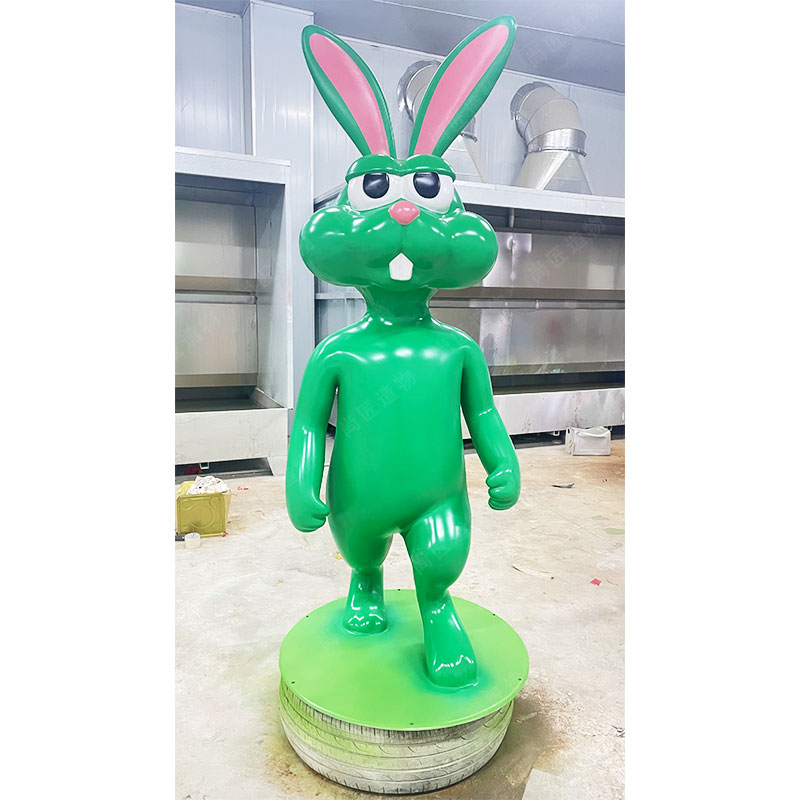
Upcycled Materials in Mechanized Sculptures
The integration of upcycled materials into mechanized sculptures reflects a growing emphasis on sustainability while expanding artistic possibilities. Artists increasingly repurpose industrial remnants—discarded metal components, retired machinery, or obsolete electronics—to create kinetic works that carry both historical resonance and environmental consciousness. For instance, salvaged stainless steel, known for its durability and reflective qualities, is often transformed into dynamic moving parts, as seen in stainless steel sculpture designs that blend industrial aesthetics with fluid motion. These materials not only reduce waste but also introduce unique textures and patinas, adding layers of narrative to mechanized installations.
Beyond ecological benefits, upcycled elements challenge creators to reimagine functionality. A rusted gear system from vintage equipment might become the backbone of a kinetic sculpture, its weathered appearance contrasting with precise mechanical motion. This approach aligns with broader trends in experiential art, where tactile, reclaimed materials deepen audience engagement by evoking familiarity or nostalgia. By merging resourcefulness with engineering, artists demonstrate that sustainability and innovation can coexist, offering new perspectives on how discarded objects can fuel artistic and mechanical reinvention.
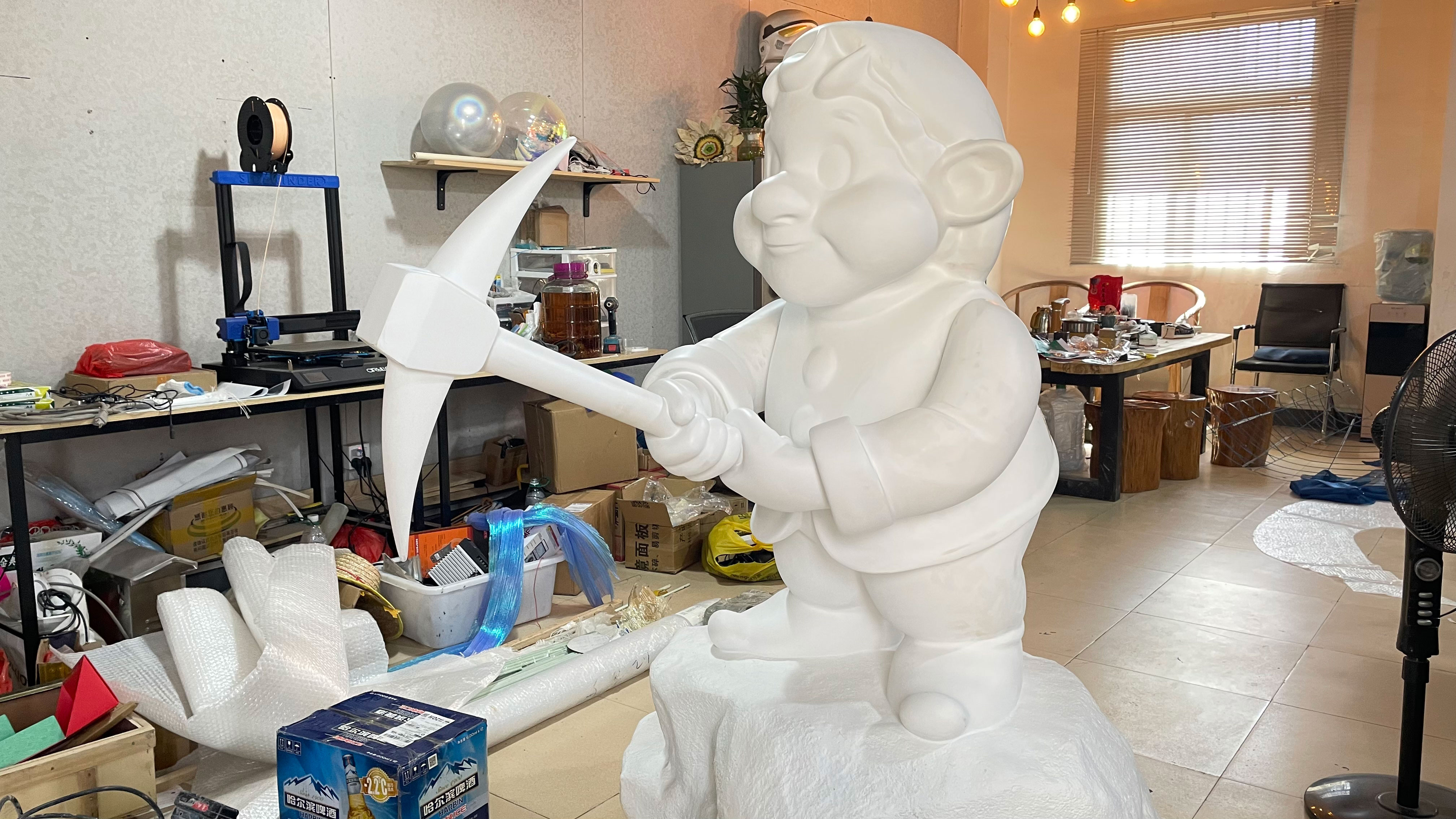
Experiential Spaces Through Kinetic Installations
Kinetic installations redefine how audiences engage with art by transforming static environments into dynamic, sensory experiences. By integrating mechanical motion, these works invite viewers to witness shifting forms and patterns that evolve in real time, blurring the line between observer and participant. For instance, large-scale installations like IP character sculpture demonstrate how programmed movements can evoke emotional responses, as mechanized elements mimic organic behaviors. This approach extends to public spaces, where rotating panels or swaying metal structures alter perceptions of architecture, turning walkways into ever-changing narratives.
The use of responsive technology further enhances immersion, with sensors triggering movements based on audience proximity or sound. Such interactivity transforms galleries into living ecosystems, where each visitor’s actions directly influence the artwork’s behavior. Notably, upcycled components—gears from disassembled machinery or repurposed industrial parts—add tactile authenticity while aligning with sustainable principles. As mechanics and artistry converge, these installations challenge traditional notions of sculpture, proving that motion can breathe new life into both materials and the spaces they inhabit.
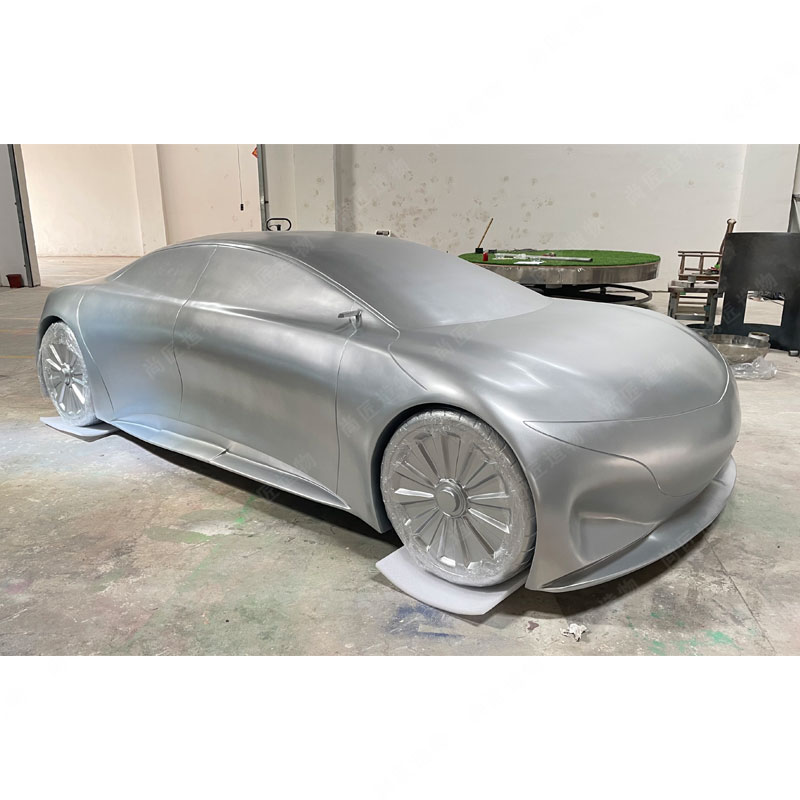
Mechanics Meets Artistry in Sculpture Design
The fusion of mechanics and artistry in sculpture design transforms static forms into dynamic storytelling tools. By integrating gears, motors, and sensors, artists engineer motion that breathes life into metal, wood, or recycled materials. This interplay demands precision—every pivot and rotation must align with the creator’s vision while accounting for physics and material limitations. For instance, kinetic sculptures often balance structural stability with fluid movement, creating illusions of weightlessness or organic growth.
Artists navigate technical challenges without compromising aesthetics, treating mechanical parts as extensions of their creative palette. Exposed cogs or rhythmic hydraulics become visual motifs, blurring lines between industrial engineering and expressive form. Such works invite viewers to ponder how calculated mechanics amplify emotional impact—a dance of logic and imagination. This synergy not only advances sculptural techniques but also redefines how audiences interact with art, setting the stage for innovations in experiential spaces and sustainable material use.
Evolution of Mechanized Sculpture Concepts
The evolution of mechanized sculpture concepts traces back to early 20th-century experiments with kinetic art, where artists like Naum Gabo and Alexander Calder redefined static forms by introducing motion as a core element. Calder’s mobiles, balanced to respond to air currents, marked a shift toward integrating natural forces with artistic intent. By the mid-1900s, advancements in industrial engineering allowed creators such as Jean Tinguely to incorporate motors and gears, transforming sculptures into self-operating machines that critiqued automation’s societal impact.
In recent decades, digital technologies have expanded possibilities, blending mechanics with interactive programming. Artists now employ sensors, hydraulics, and 3D-printed components to create responsive installations that adapt to viewer presence or environmental conditions. For instance, fiberglass sculpture frameworks paired with kinetic systems demonstrate how lightweight, durable materials enable intricate moving parts. This progression reflects a broader cultural dialogue—from celebrating mechanical ingenuity to questioning humanity’s relationship with technology—while maintaining kinetic art’s foundational principle: motion as a medium for emotional and intellectual engagement.
Sustainable Practices in Kinetic Artworks
Kinetic sculpture installations increasingly prioritize sustainability by integrating eco-conscious materials and energy-efficient systems. Artists repurpose industrial scraps, discarded machinery, and recycled metals, transforming waste into dynamic components that power motion-driven artworks. For instance, some creators use salvaged bicycle gears or retired engine parts to build kinetic mechanisms, reducing reliance on new materials while adding historical layers to their pieces. Solar panels and low-voltage motors further minimize environmental impact, enabling sculptures to operate autonomously without grid dependency.
This approach aligns with broader artistic movements that value resourcefulness over consumption. Collaborations between sculptors and engineers have led to innovations like rainwater-activated kinetic systems or wind-responsive designs that harmonize with natural forces. Such practices not only extend the lifespan of discarded materials but also invite viewers to reconsider relationships between technology, art, and ecological responsibility. Institutions like MIT’s Media Lab and Ars Electronica have showcased works where sustainability is inseparable from aesthetic and mechanical ingenuity, reinforcing kinetic art’s role in advocating for environmentally mindful creativity.
Blending Technology With Sculptural Motion
The integration of technology into sculptural motion transforms static forms into dynamic narratives. By combining mechanical systems—such as servo motors, gears, or pneumatic actuators—with artistic vision, creators engineer movement that responds to environmental inputs or programmed sequences. For instance, sensors embedded within a sculpture might trigger rotational shifts when detecting audience proximity, merging interactivity with aesthetic expression. This approach relies on precise calibration, where engineering principles ensure smooth motion without compromising structural integrity. Advances in microcontrollers and lightweight materials further enable intricate choreographies, allowing sculptures to mimic organic rhythms or abstract patterns. While mechanics provide the framework, the artistry lies in harmonizing motion with thematic intent—whether evoking emotion, illustrating natural phenomena, or critiquing industrialization. Such works often challenge traditional boundaries, positioning technology not as a separate tool but as an intrinsic collaborator in the creative process. As kinetic installations evolve, they increasingly bridge disciplines, inviting viewers to perceive motion as both a technical achievement and a medium for storytelling.

Conclusion
Mechanized sculpture installations ultimately reveal how motion transforms static art into dynamic narratives. By integrating mechanical systems with sculptural forms, artists create works that challenge traditional boundaries between engineering and aesthetic expression. These installations do more than move—they invite viewers to witness the interplay of precision and spontaneity, where gears and actuators become extensions of an artist’s vision.
The use of sustainable materials further underscores a commitment to reimagining resources, aligning kinetic art with ecological awareness. As these works evolve, they continue to redefine public spaces, turning galleries and urban environments into stages for kinetic storytelling. The future of this art form lies in balancing technical innovation with emotional resonance, ensuring mechanics enhance—rather than overshadow—the human connection. Moving forward, the dialogue between art and technology will likely deepen, driven by creators who see machines not as tools but as collaborators in sculpting experiences.

FAQs
How do mechanized sculpture installations differ from traditional sculptures?
Unlike static sculptures, these installations incorporate motion through mechanical components, creating dynamic interactions between the artwork, environment, and viewers. This kinetic element transforms passive observation into an active experience.
What role does sustainability play in modern kinetic art?
Many artists use upcycled materials, such as repurposed machinery or discarded metals, to reduce environmental impact. This approach aligns with broader trends in eco-conscious art while adding historical layers to the finished piece.
Are mechanized sculptures purely functional or primarily artistic?
They straddle both realms. While their moving parts demand engineering precision, the core intent remains artistic expression—using mechanics to evoke emotion or challenge perceptions of space and time.
How has technology influenced the evolution of kinetic installations?
Advances in motor systems, sensors, and programming allow for more complex movements and responsive behaviors. For instance, some installations now react to audience gestures or environmental changes like light and sound.
Where can one experience notable mechanized sculpture installations?
Museums, public plazas, and experiential art festivals frequently showcase these works. Jean Tinguely’s self-destructing machines and Theo Jansen’s wind-powered "Strandbeests" exemplify installations that blend spectacle with conceptual depth.
What maintenance challenges do these artworks face?
Moving parts require regular calibration to prevent wear, and outdoor installations must withstand weather. Artists often collaborate with engineers to ensure longevity without compromising aesthetic integrity.
 ch
ch English
English






